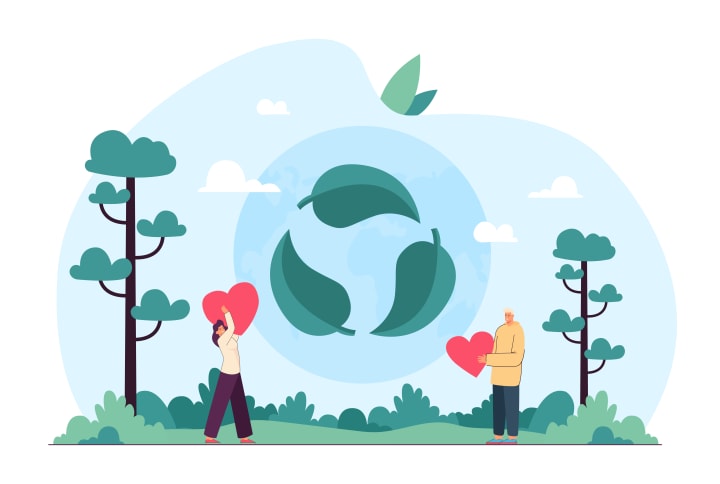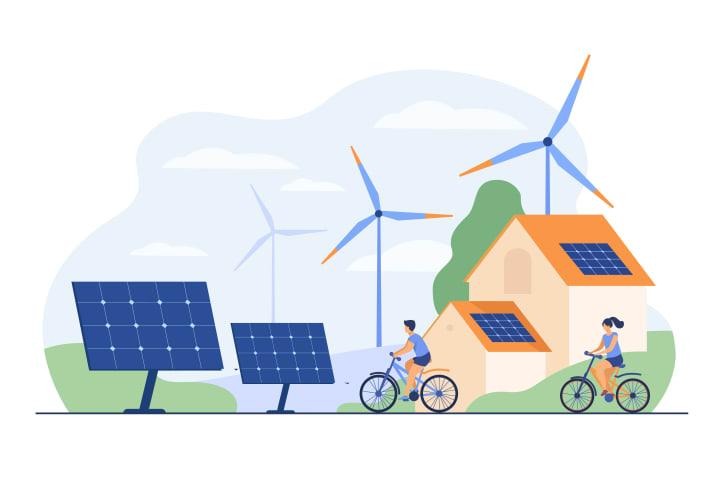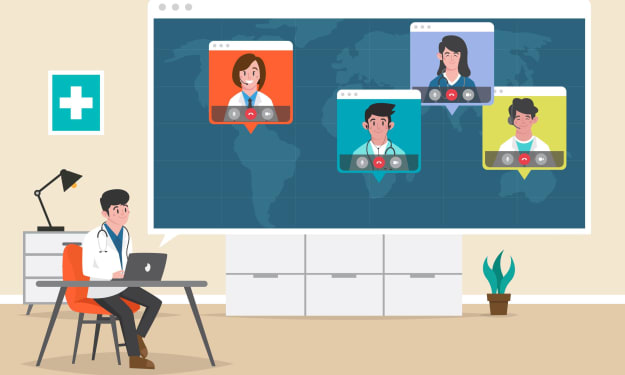Interactive e-Learning Strategies for Effective Sustainability Education
Engaging e-Learning for Sustainability

In the quest for a sustainable future, education plays a pivotal role. e-Learning offers a flexible and scalable solution to spread knowledge about sustainability to diverse audiences worldwide. However, keeping learners engaged in e-learning for sustainability requires thoughtful strategies to ensure the content is compelling, relevant, and actionable. This article explores effective strategies to keep learners invested in e-learning courses focused on sustainability.

Introduction
Sustainability education is critical for fostering an environmentally conscious and responsible society. e-Learning provides an excellent platform for delivering sustainability education due to its accessibility and scalability. However, the challenge lies in keeping learners engaged and motivated throughout the course. By employing innovative and interactive strategies, educators can create engaging e-learning experiences that inspire learners to take meaningful actions towards sustainability.
1. Interactive Content and Multimedia
Incorporating interactive content and multimedia is essential for capturing and maintaining learners’ attention. Interactive elements make learning more dynamic and enjoyable, which is particularly important for complex or potentially dry subjects like sustainability.
- Videos and Animations: Use videos and animations to explain sustainability concepts visually. These can include documentaries, animated infographics, and explainer videos that break down complex topics.
- Interactive Simulations: Create simulations that allow learners to experiment with different sustainability scenarios. For instance, a simulation could let learners see the impact of various waste management practices on a virtual city.
- Quizzes and Polls: Integrate quizzes and polls throughout the course to reinforce learning and keep learners actively engaged. Immediate feedback helps learners understand their progress and areas needing improvement.
2. Gamification
Gamification involves using game-like elements in non-game contexts to enhance engagement and motivation. This strategy can be highly effective in e-learning for sustainability by making the learning process more enjoyable and competitive.
- Points and Badges: Award points and badges for completing modules, participating in discussions, and achieving learning milestones. This recognition can motivate learners to stay engaged and strive for higher achievements.
- Leaderboards: Implement leaderboards to create a sense of competition among learners. Seeing their names on a leaderboard can encourage learners to participate more actively and complete the course.
- Challenges and Missions: Design challenges and missions related to sustainability topics. For example, a mission could involve creating a plan to reduce energy consumption in a hypothetical scenario.
3. Real-World Applications and Case Studies
Connecting e-learning content to real-world applications helps learners see the relevance and importance of sustainability education. Case studies, in particular, provide concrete examples of sustainability in action.
- Case Studies: Present case studies of successful sustainability initiatives from around the world. Analyze what made these initiatives successful and discuss how similar strategies can be applied in different contexts.
- Guest Speakers and Interviews: Include guest speakers and interviews with sustainability experts. Hearing directly from professionals in the field can provide valuable insights and inspire learners.
- Projects and Assignments: Assign projects that require learners to apply what they’ve learned to real-world problems. For instance, learners could create a sustainability plan for their community or conduct a waste audit at home.

4. Collaborative Learning
Fostering collaboration among learners can enhance engagement and deepen understanding. Collaborative activities encourage learners to share ideas, discuss concepts, and learn from each other.
- Discussion Forums: Set up discussion forums where learners can post questions, share insights, and discuss course topics. Facilitating active participation in these forums can create a sense of community.
- Group Projects: Organize group projects that require learners to work together on sustainability initiatives. Group work can help learners develop teamwork skills and understand different perspectives.
- Peer Reviews: Implement peer review processes for assignments. Reviewing peers’ work and receiving feedback can improve learners’ critical thinking and provide diverse viewpoints.
5. Personalized Learning Paths
Personalized learning paths cater to the unique needs and interests of each learner, enhancing engagement by making the learning experience more relevant.
- Adaptive Learning Technologies: Use adaptive learning technologies that adjust the content and pace based on individual learner performance. This ensures that learners are neither bored nor overwhelmed.
- Pre-assessments: Conduct pre-assessments to identify learners’ existing knowledge and areas of interest. Tailor the course content to address these areas specifically.
- Optional Modules: Offer optional modules that allow learners to explore topics of interest in greater depth. Providing choices can increase learners’ motivation to engage with the material.
6. Real-Time Feedback and Support
Providing real-time feedback and support is crucial for keeping learners engaged and helping them overcome challenges promptly.
- Immediate Feedback: Use quizzes and interactive activities that provide immediate feedback. This helps learners understand their progress and correct mistakes on the spot.
- Live Q&A Sessions: Host live Q&A sessions where learners can ask questions and get answers in real time. This interaction can clarify doubts and keep learners on track.
- Mentorship Programs: Establish mentorship programs where learners can receive guidance and support from experienced mentors. Personalized attention can significantly enhance the learning experience.

Conclusion
Engaging e-learning for sustainability requires a blend of interactive content, gamification, real-world applications, collaborative activities, personalized learning paths, and real-time support. By implementing these strategies, educators can create compelling e-learning experiences that keep learners invested and motivated to make a positive impact on the environment. As we strive for a sustainable future, innovative e-learning approaches will play a vital role in educating and inspiring individuals to take meaningful actions towards sustainability.
About the Creator
Enjoyed the story? Support the Creator.
Subscribe for free to receive all their stories in your feed. You could also pledge your support or give them a one-off tip, letting them know you appreciate their work.





Comments
There are no comments for this story
Be the first to respond and start the conversation.